Editor’s note: “Eight Years to the Moon: The History of the Apollo Missions” is a new book, just out today, written by Universe Today’s Nancy Atkinson, with a foreword by Apollo 9 astronaut Rusty Schweickart. The book tells the unique personal stories of over 60 engineers and scientists who worked behind the scenes to make the Apollo program
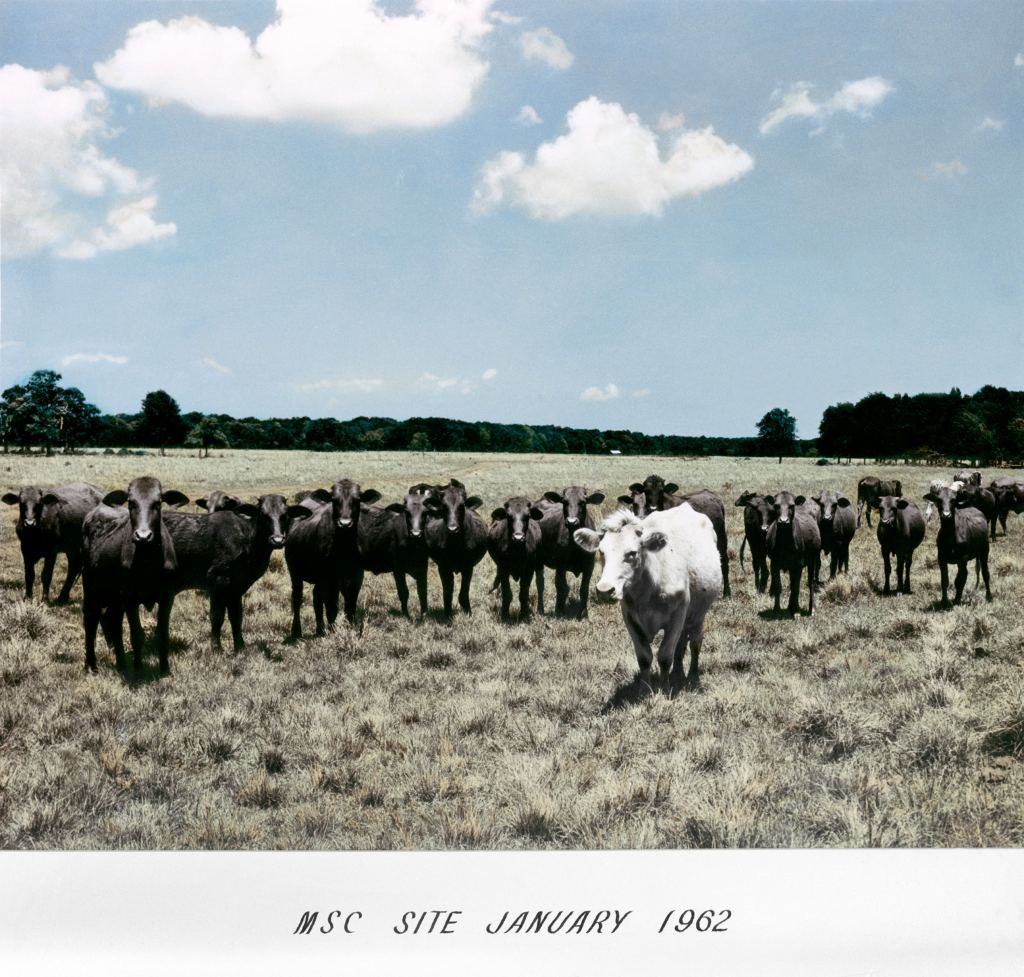
When Ken Young arrived in Houston in June of 1962, the first thing he did was drive about 25 miles farther southeast, over to the site where the new Manned Spacecraft Center was going to be built. And all he found was cows.
What would eventually become a six-lane highway called NASA Parkway was at that time just a narrow oyster-shell road that stretched from the Webster railroad tracks to Seabrook, following the curve around Clear Lake. All along was open coastal prairie pastureland with grazing Herefords, Longhorns and short-horn Durhams. Young noticed a livestock water tank with a windmill whirring nearby.
The land was part of the 20,000-acre West Ranch, owned by the heirs of the Humble Oil & Refining Company, later known as the Exxon Corporation. The Wests had donated a 1,000-acre portion of their ranch to nearby Rice University, who in turn had offered the property to the NASA Space Task Group. This was a group of engineers who managed America’s human spaceflight programs, and they had been charged with finding a suitable location to construct a new complex of research labs, office buildings and test and control facilities so that NASA could send humans to the Moon with Project Apollo.
This rural property in Harris County, Texas was appealing since it met several of the site requirements, including access to barge traffic through Clear Lake — just on the south side of the road — which would take you through to Galveston Bay and then to the Gulf. The land was close to Ellington Air Force Base, providing easy air access; it was near institutions of higher education (Rice and the University of Houston), and the region had a moderate climate “permitting out-of-door work for most of the year” – per the wish-list of the Space Task Group.
Plus, it didn’t hurt that Texas was home to several influential U.S. Congressmen, such as Speaker of the House Sam Rayburn, and Albert Thomas –the man who had the power over the country’s purse as Chairman of the House Appropriations Committee – as well as Vice President Lyndon Johnson. They were all big supporters of the space program, especially with the economic benefits that a big, new and prestigious facility in their state would bring. Congress had just passed a $1.7 billion NASA appropriations bill which included $60 million for the new “manned spaceflight laboratory.”
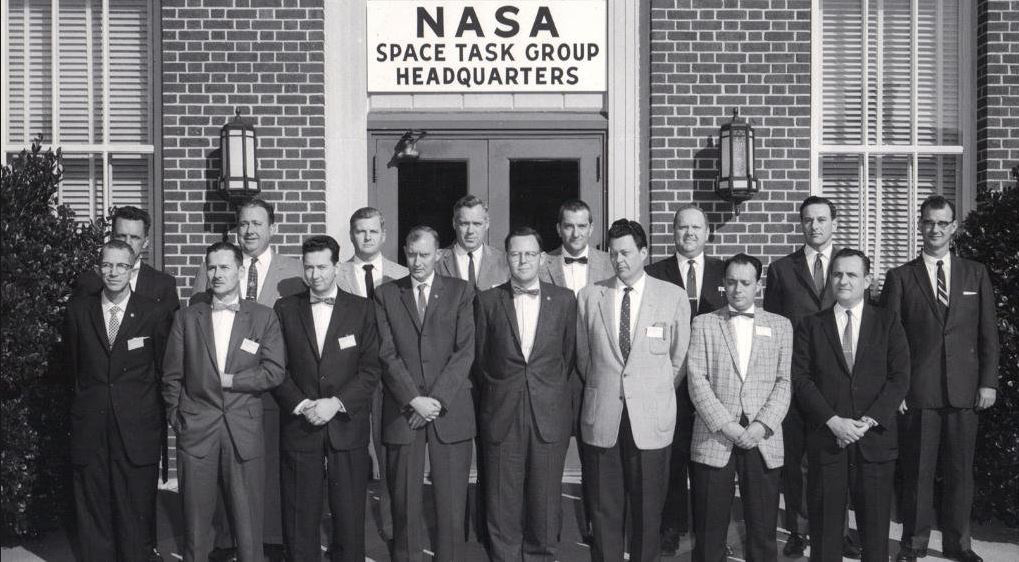
And so, in September of 1961 NASA announced the Space Task Group’s decision to build the new facility on this plot of land near Houston. From its inception, it was to be the lead center for all U.S. space missions involving astronauts. The cows would have to go…although years later, they would return to graze once again in a special pasture set aside so that the one-million-plus tourists who show up every year could learn about the history of this place.
But in 1962, the MSC would soon be the place where people would design, develop, evaluate and test the spacecraft for Project Apollo as well as all of its subsystems, and to train the crews that would fly these missions. The ideas were there, the dreams were there, but just how to implement all these monumental tasks was mostly an unknown. The primary need was people, and in particular, brain power. NASA would need to transform from a small research organization into a large federal agency, teeming with scientists, engineers, and managers, all to figure out how to do things that had never been done before.
In that year alone, over 2,000 new hires came pouring into Houston. The incoming recruits had one thing in common: they were young, either fresh from college or the military, or plucked from the oil, aircraft or electronics industries. Some were single, crew-cutted and wide-eyed – and when they weren’t working, they were on the lookout for fun and adventure. Many were already married with young families. The families formed the basis of the close-knit communities that soon sprang up.
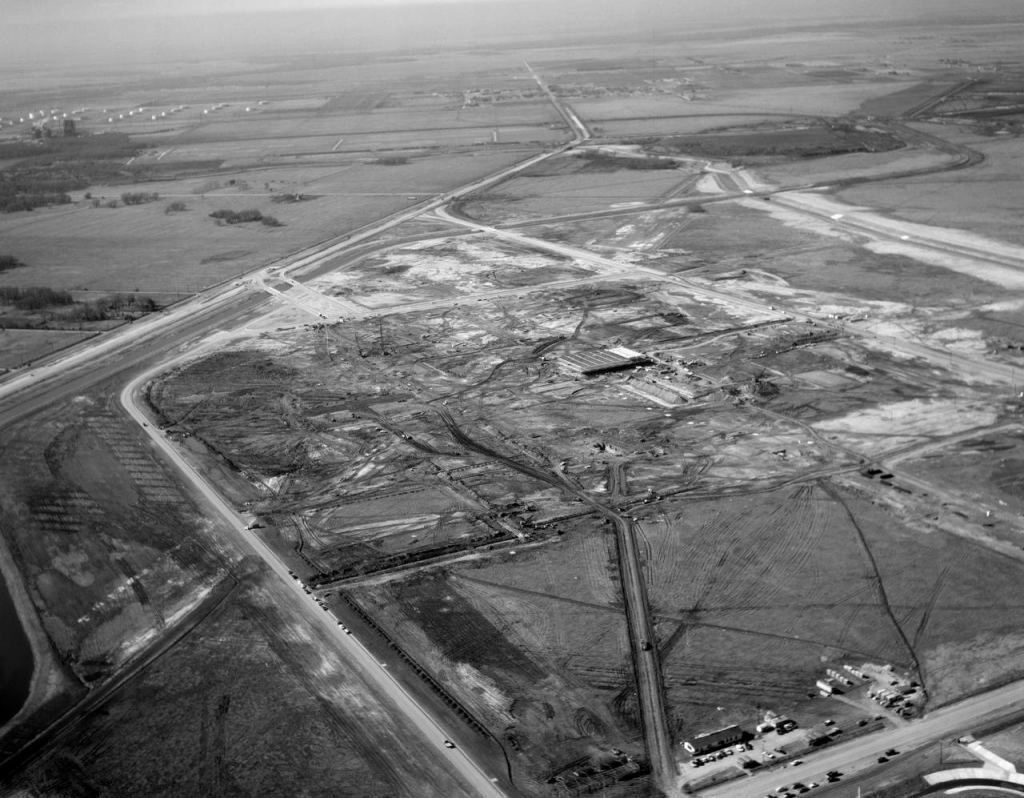
Young was among some of the first new hires to show up, one of the near-originals – his number at the new credit union for NASA employees was #173. But the real originals were the one hundred or so folks who were part of the Space Task Group that had transferred in during the winter and spring of 1962 from the Langley Research Center in Virginia and the Lewis Research Center in Cleveland, Ohio. The group included 37 engineers, eight secretaries and math aides — the women who did all the mathematical calculations and prepared the graphics — plus 32 engineers from Canada who moved south after the Avro Arrow project – a specialized interceptor aircraft that was going to be constructed in cooperation with the US – was canceled.
NASA had given Young a pretty decent job offer, he thought. It wasn’t the best he got, but he knew he could work at the new center in Houston, and being from Austin, he didn’t really want to leave Texas. So, he took it.
Most importantly, he was going to be working on something related to space – he knew that much — but as far as a particular task or job, he didn’t have a clue. He checked in at the NASA personnel headquarters in a small upstairs office in the East End State Bank building on Telephone Road in southeast Houston. After describing his interests and education with a personnel manager named Leslie Sullivan, Young was placed with the Mission Planning and Analysis Division. He was going to be working on figuring out trajectories for launch, orbit and re-entry. One other aspect intrigued him: the rendezvous of two spacecraft. This was one of those things that had never been done before.
“All I knew was that I wanted to work on trajectories and orbits and stuff, but I went in there with no real idea,” Young said. “There weren’t any textbooks on the subject yet, but my new manager, Bill Tindall, had compiled a manual that was called the Space Notes, and as new hires – they just hired a bunch of us – we had to sit there and memorize things from this 3-inch thick, stapled-together handbook and solve equations and work out problems with our slide rules, just to learn the basics of orbital mechanics. Hardly anybody knew how to do anything.”
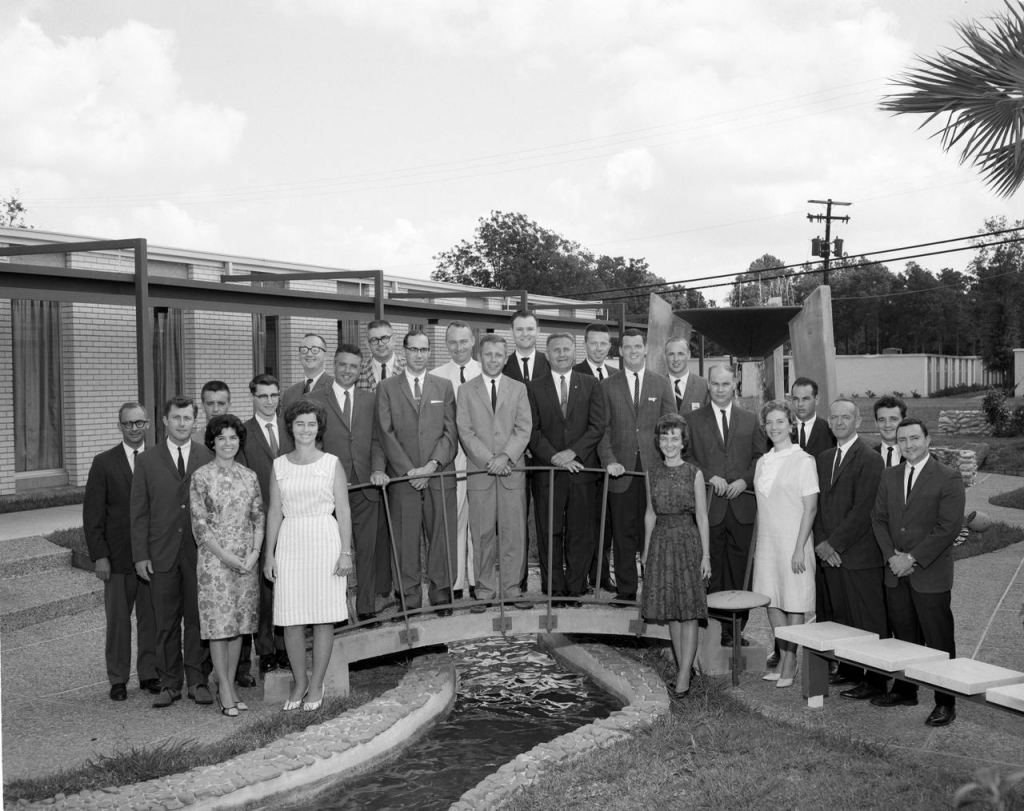
Since construction of the MSC was just getting underway, NASA put everyone who came to Houston in an assortment of about fifteen different buildings on the southeast side of Houston, now the property of the US government, either through leases, purchases or appropriation because of back taxes. Young went out with his group to the old Houston Petroleum Center building, which had the distinguishing feature of a rusty oil derrick out front.
But Young settled in, soaked up new information like a sponge, and found a place to live. At the end of his first week, he went to the credit union to borrow $200 so he could buy a black and white television set for his apartment. A guy with a new job had to have at least one small luxury…..
You can find out more about the book and read more of this excerpt at Amazon and Barnes & Noble.
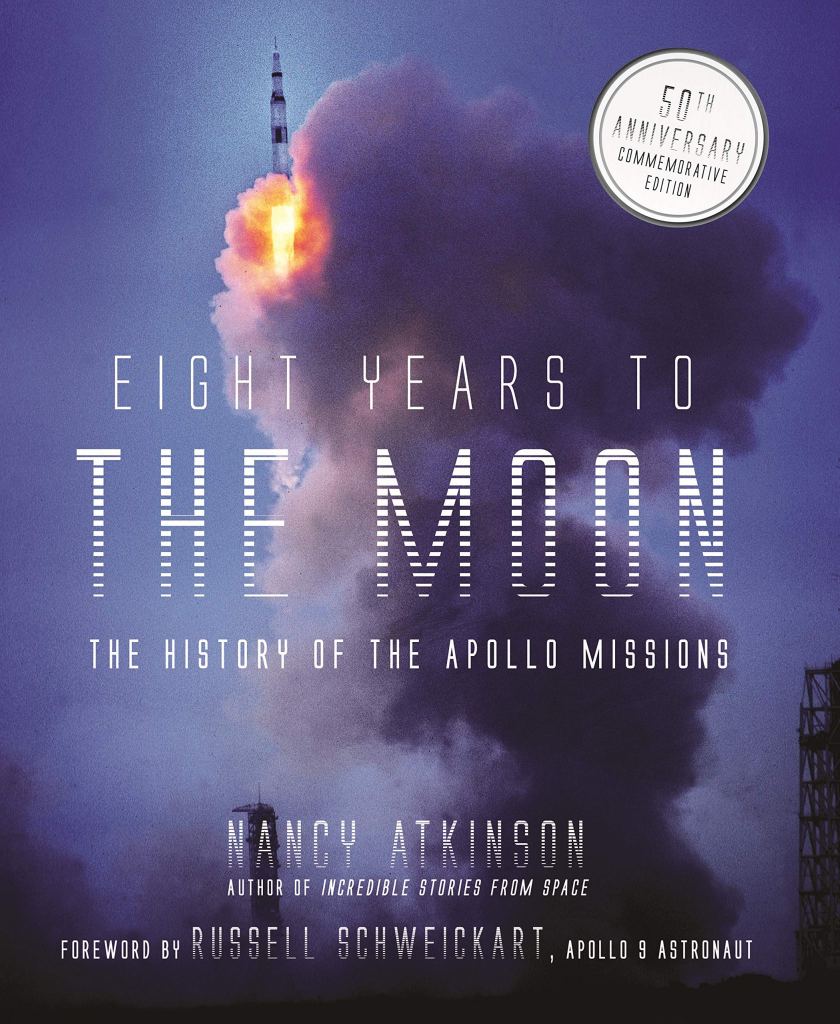

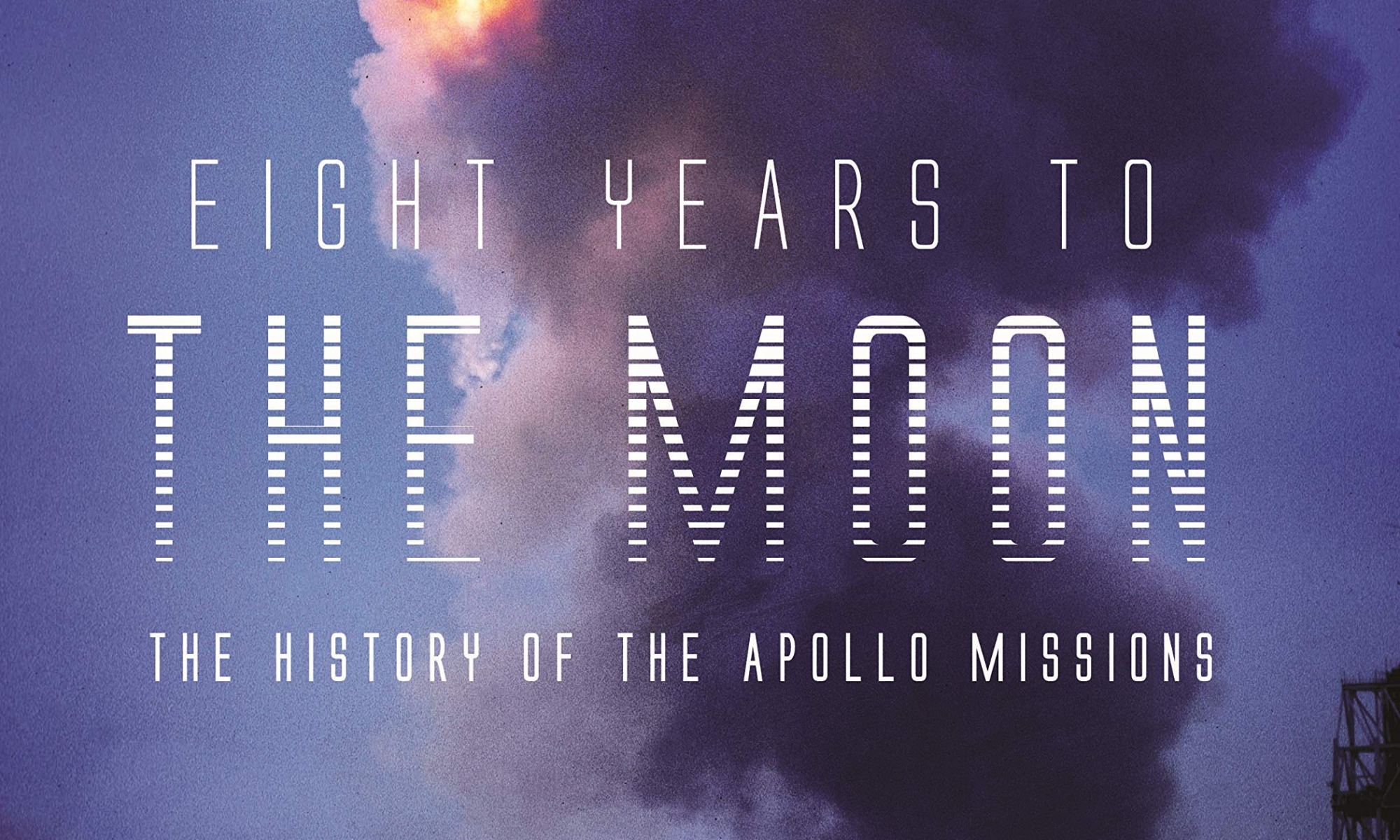
The link to Amazon for the book is wrong and doesn’t work.
it is missing the H
ttps://www.amazon.com/gp/product/162414490X/
This should be fixed so Nancy can sell more books.